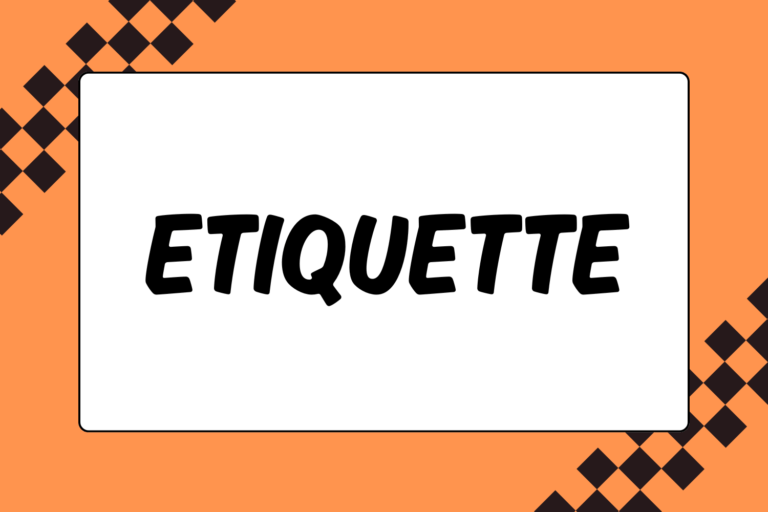In the high jump, the takeoff and flight phases are your opportunity to capitalize on a solid approach. While the approach will always be the foundation of the high jump, it will only take you so far. Once you’ve gotten yourself in position for the final step, your attention has to turn skyward.
Takeoff
Takeoff is the phase of the high jump during which the final step leads to the jump. It should accomplish two goals:
- To create vertical lift.
- To set the jumper up for rotation in flight so that his back passes over the bar.
Jump Straight Up
You should not jump toward the bar at takeoff. Your approach is responsible for your horizontal movement once you’re in the air. You should direct your takeoff directly upward. Your built-up forward momentum should be directed as if you were continuing the curve of your approach.
Your takeoff step should occur significantly in front of your body’s center of mass, which will also aid in creating a vertical lift. The knee of your free leg should drive up forcefully, and stay up during flight until your back begins to pass over the bar. Simultaneously, your arm or arms (depending on whether you are using a single or double arm swing) should be swung powerfully upward through a large range of motion. Double arm swings are more common, but try both and see which feels most comfortable. Both the knee and arm lift will help generate upward momentum to carry you higher. The knee lift will also help begin the rotation of your body so that your back will face the bar at clearance.
While your foot is in contact with the ground during takeoff, your body should move from a position of inward lean, to a more vertical position. This shift initiates the rotation your body will make from vertical to horizontal as you pass over the bar. As mentioned, this rotation should occur naturally, and due to the momentum built up during the curve. Your intention should be to jump straight upward.
Flight
The primary goal of the flight phase is to get in position to clear the bar. This means that your body must rotate in two ways:
- Horizontally, so that your body becomes more or less parallel to the ground.
- To the side, so that your back faces the bar as you clear it.
In the flop technique, your center of mass should remain below the bar while the part of your body clearing the bar at each point in the jump should be higher. This means that when you perform the flop technique correctly, you will not have to displace your entire mass as much in order to clear any given height. This is accomplished by arching and then un-arching your back at exactly the right moments, followed by the well-timed lifting of your legs. The following breakdown of movements as you pass over the bar will clarify when and what to move.
Keep Your Arm(s) & Knee Up
For the beginning of the flight phase, keep your knee and arm(s) up. There won’t be much movement required on until your body approaches the bar. You will, however, approach the bar very quickly.
Clearing the Bar
As you approach the bar in the air, your body should begin to arch, allowing your hips to be higher than your center of mass as they pass over the bar. Once your shoulders clear the bar, your hips should be as high as possible. Hip elevation will be the primary limit on the height you will be able to clear.
To initiate this movement, think of yourself as laying back. Let the head drop back in a relaxed manner. Forcing the head too far back can lead to your feet coming up under the bar and catching it on the way down. Your arms should also return to your side. Your hands should be near your hips as your drive knee moves gradually back down to join your takeoff leg. These movements will likely feel instinctual.
Once you begin to tilt your head back, you should aim to keep your feet and knees close together for the rest of the jump. As your hips clear the bar, you should begin to lift your head to help lift your legs into a straight up position. This leg lift gives the high jump its signature look of flipping the feet over the bar at the last instant.
Hot Tip: Lead with Your Head
Moving one part of your body in the air will cause you to move another as well. As your head moves back, so do your feet. If your head comes up, your hips will go down. You can therefore simplify your jump by guiding your body’s movement with your head: Laying it back as you want to arch your back, and bringing it up as you want to snap up your legs and feet.
Have Fun
High jumpers are often known for their showboating. In part, this is because the event requires a lot of bravado. But keeping it fun will also help you focus, and ultimately, jump higher. Simply put: Jump high to have fun, and have fun to jump high.





